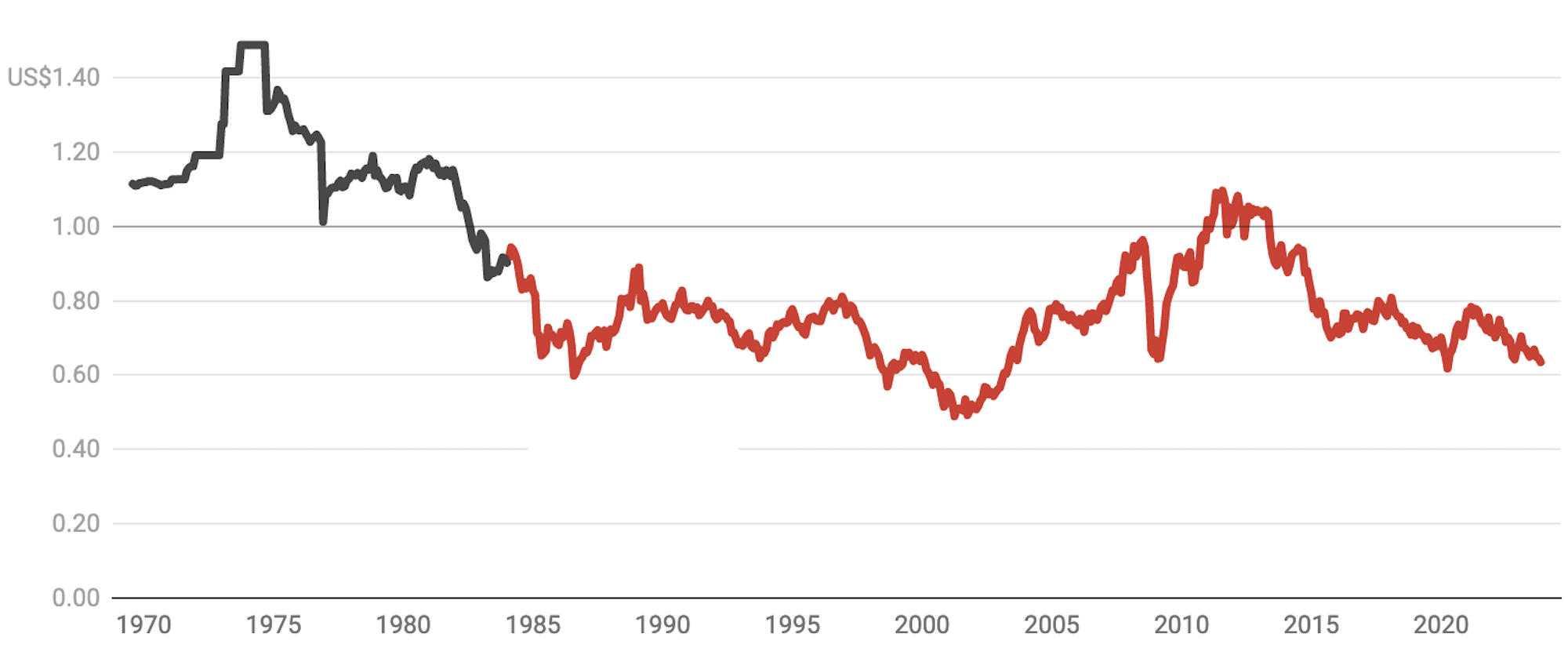
A cruel summer
Summer 2023-24 is marked by a return to El Niño and has prompted concerns that rising temperatures, worsened by climate change, will threaten health, productivity, and safety. Griffith University’s Dr Aaron Bach suggests some strategies from workplace adjustments to home cooling tips aimed at beating the heat.




